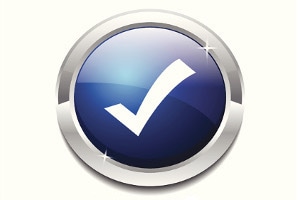Chest Radiography
Recommended Practices
There are four necessary components for reliable classification of chest radiographs for pneumoconioses:
- Appropriate methods for image collection and viewing
- Reader competency
- Commitment to ethical classification
- Proper radiographic reading methods
Recommendations are available for addressing the first component: appropriate methods for image collection and viewing. The NIOSH B Reader Program addresses the second component: identification of competency in the classification of radiographs for abnormalities due to dust. The B Reader Code of Ethics addresses the third component in more detail. The fourth of these components, proper radiographic reading methods, is addressed by the recommended best practices summarized below. Individually designated for each of three principal settings involving chest radiography for pneumoconiosis, these recommended best practices represent practical, real-world approaches tailored to the unique needs of each setting. Details are provided elsewhere on two other settings: Medical Diagnosis and Government Programs . In general, ILO classification of the chest radiograph is not necessary for the former setting, while the latter has specialized guidance that is summarized for each program.

